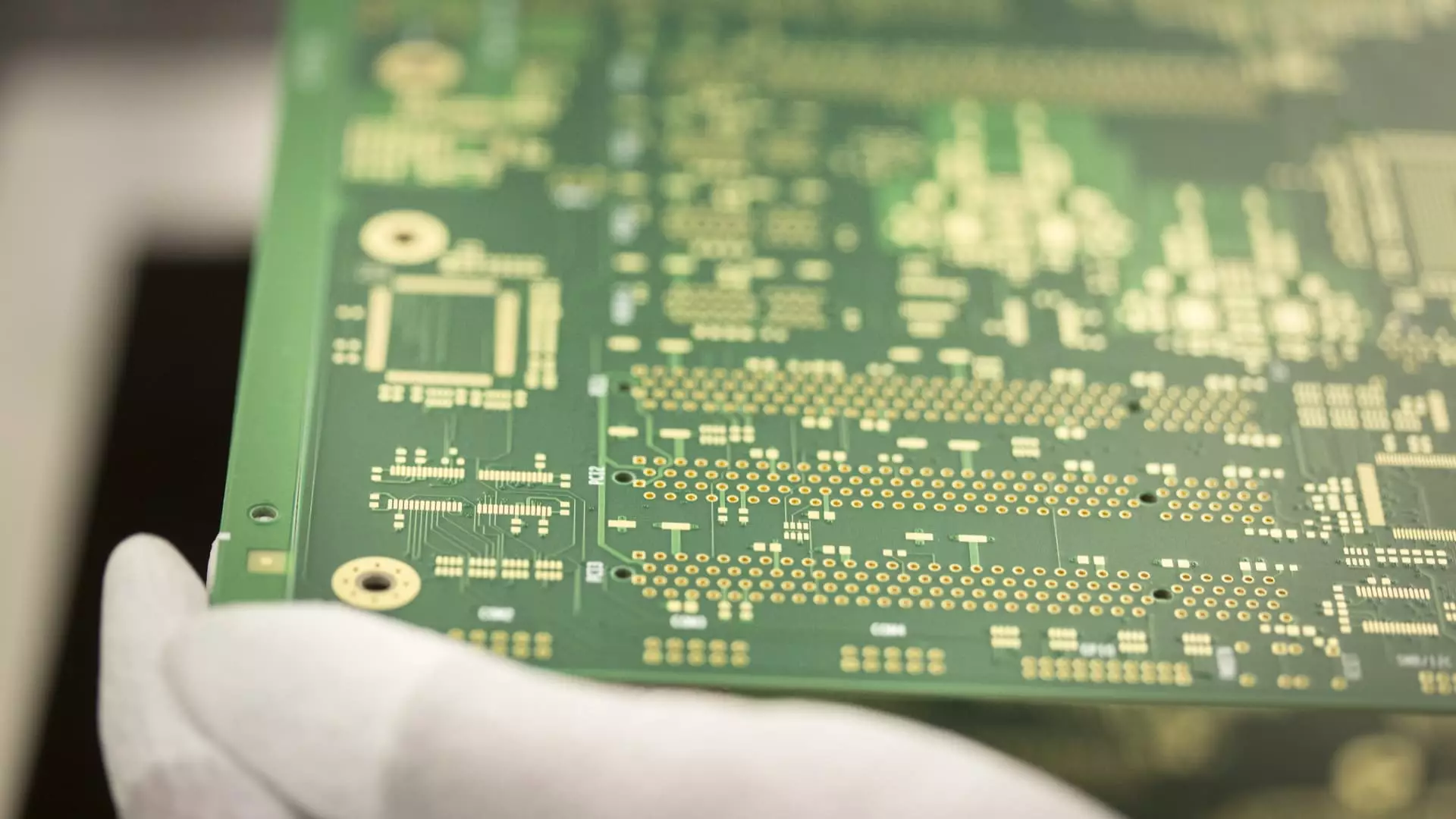In a move that signals a potential recalibration of US-China tech dynamics, the US government has lifted restrictions on the export of critical chip-design software to China. This decision marks a significant departure from months of stringent controls aimed at curbing China’s semiconductor advancement. The trio of industry giants—Synopsys, Cadence, and Siemens—announced that their access to previously restricted software has been fully restored, opening new avenues for collaboration and development. While Siemens is a European company, its U.S.-based subsidiary played a pivotal role in this shift. This development signifies more than just regulatory adjustment; it embodies a strategic recognition of the importance of global innovation ecosystems and the need for mutually beneficial technological development.
The immediate effect has been a surge in stock prices for Synopsys and Cadence, reflecting investor optimism about renewed growth prospects. Beyond the financial implications, this change underscores a broader geopolitical narrative—one where cooperation begins to outweigh confrontation in certain segments of technology. The easing of export bans is not merely a bureaucratic correction; it is a recognition that cutting off China from vital chip-design tools may undermine global leadership and slow innovation across the board.
Implications for the Semiconductor Market and Global Tech Leadership
The immediate beneficiaries of this policy reversal are the chip-design software giants, whose market dominance has been widely acknowledged. These firms—Synopsys, Cadence, and Siemens—control a significant share of the $27 billion global Electronic Design Automation (EDA) market. Their ability to operate freely in China, a country that represented roughly 10% of Synopsys’s revenue, could reverse recent downturns and foster new growth opportunities.
However, this move also indicates an acknowledgment of the geopolitical realities shaping the modern tech landscape. The United States, perhaps recognizing that a purely confrontational stance hampers innovation, is pivoting toward a more pragmatic approach. By allowing access to vital design tools, the US is implicitly acknowledging that technological leadership must be complemented with open channels of cooperation. China, meanwhile, continues its efforts to bolster domestic chip design capabilities, but access to world-class software remains a critical factor in accelerating their independent development.
This reconfiguration encourages a more intricate global competition—one where collaboration and strategic autonomy coexist. For Western firms, the move is a chance to stabilize revenue streams and reinforce executive confidence, but it also poses risks of diluting their leverage amid rising competition from Chinese domestic alternatives. For China, restoring access to these tools might expedite their innovation cycle, arguably pushing the entire semiconductor ecosystem toward a more balanced and competitive future.
Strategic Succession and the Future of Innovation
The lifting of export controls could set a precedent for future US policy on technology sharing and restrictions. While the US continues to safeguard critical technologies, this case demonstrates that strategic cooperation can sometimes serve mutual interests better than outright restrictions. The decision hints at a possible recalibration of the US approach to technological sovereignty, balancing national security concerns with economic imperatives.
Furthermore, China’s response to this development signals a broader shift in their strategic posture. With policies aiming to develop independent chip design software, China is eager not just to catch up but to redefine its role in the innovation hierarchy. The eased restrictions may serve as a catalyst that accelerates this goal, ultimately fostering a more dynamic and competitive global semiconductor industry.
This development underscores a fundamental reality: innovation thrives in an environment of collaboration, not isolation. The US’s willingness to relax restrictions suggests an understanding that technological supremacy, especially in semiconductors, cannot be sustainably maintained through unilateral restrictions. It requires a nuanced balance—protecting vital interests while fostering an open ecosystem that encourages shared progress.
Ultimately, this watershed moment could catalyze a new era of technological diplomacy, where global competition and cooperation propel the industry forward. The challenge lies in maintaining this delicate balance, ensuring that strategic interests do not override the fundamental need for open innovation. The next phase of international tech relations may very well hinge on whether policymakers embrace a more pragmatic and collaborative approach—one that values shared progress over unilateral dominance.

